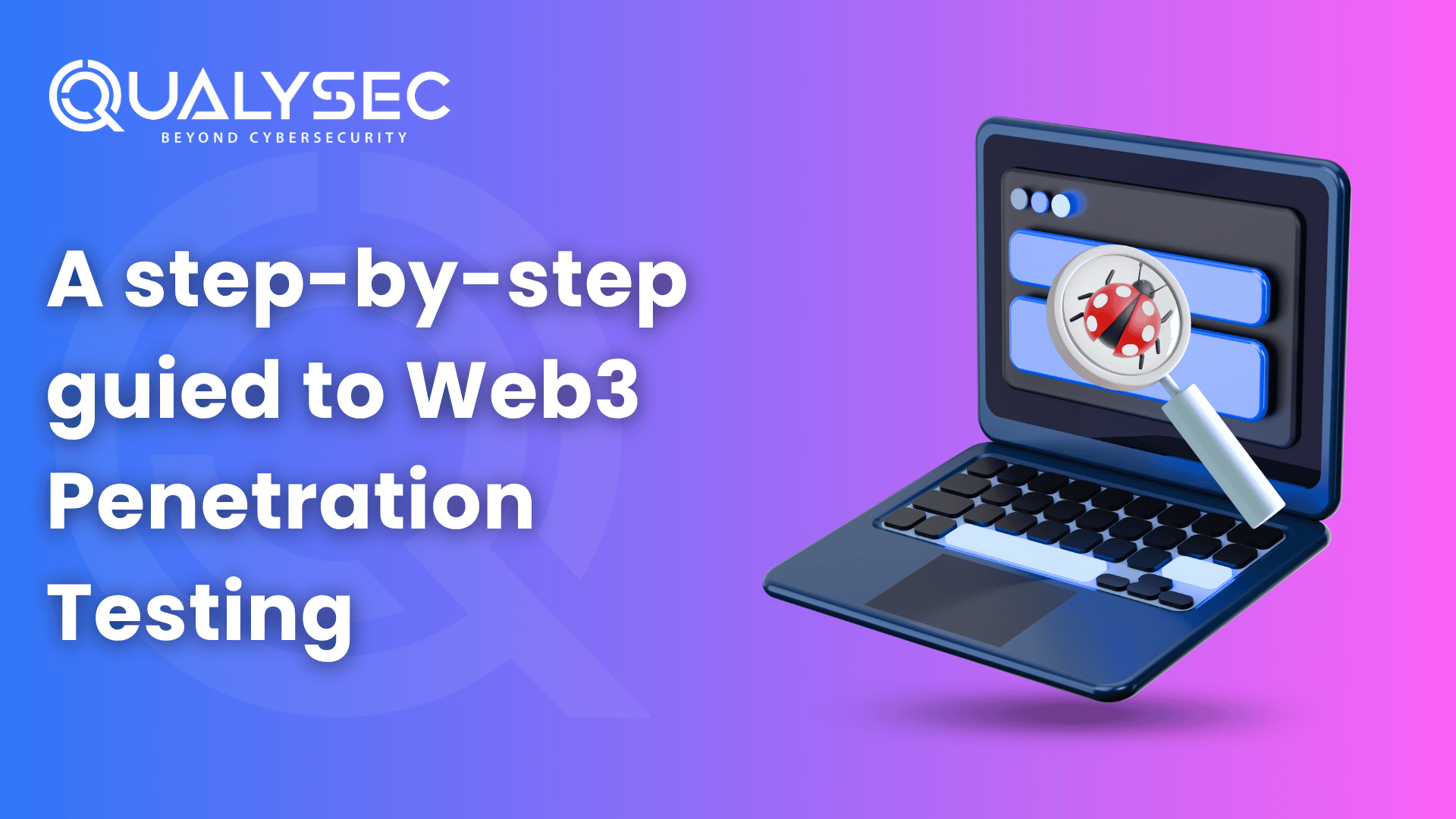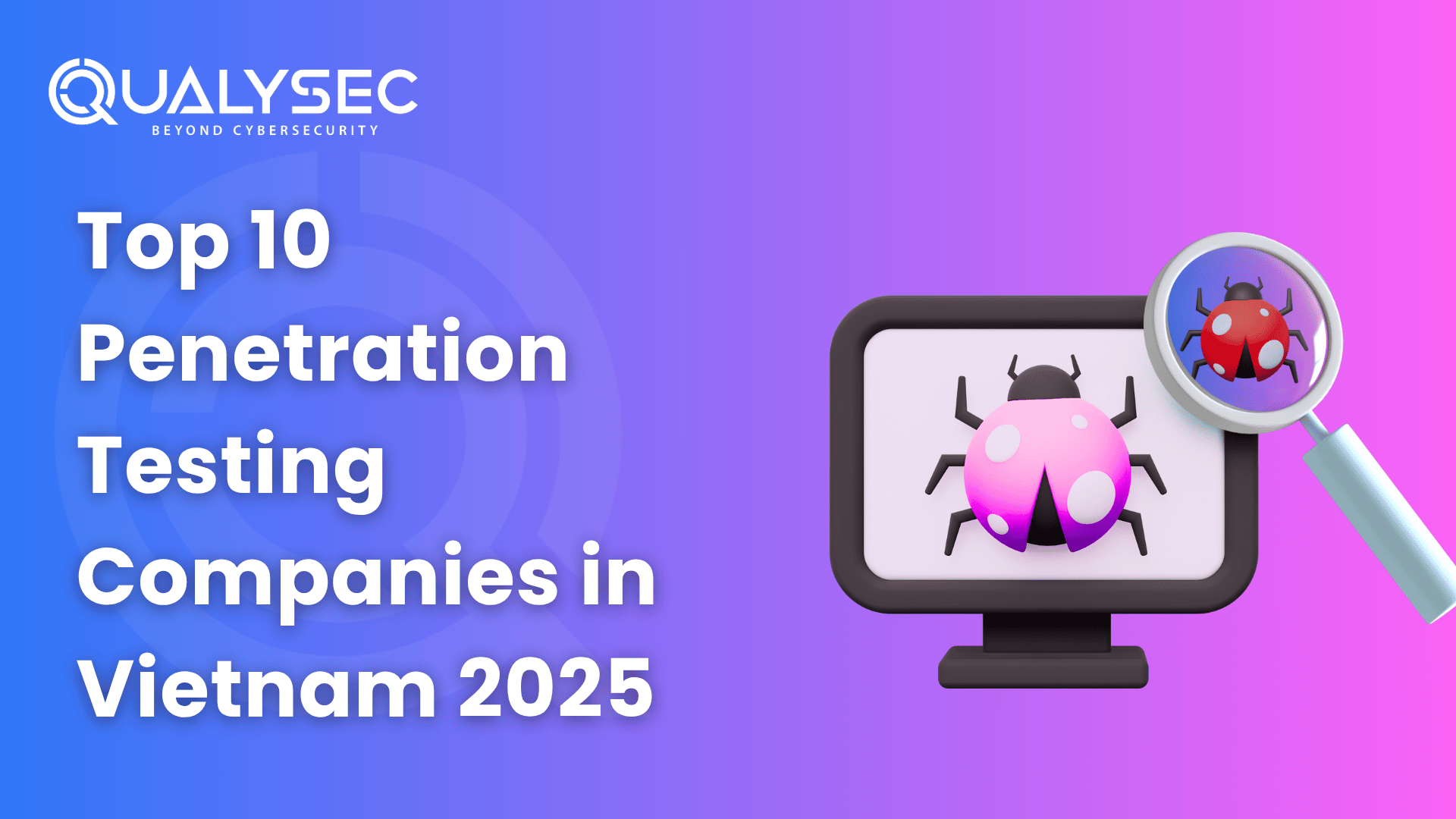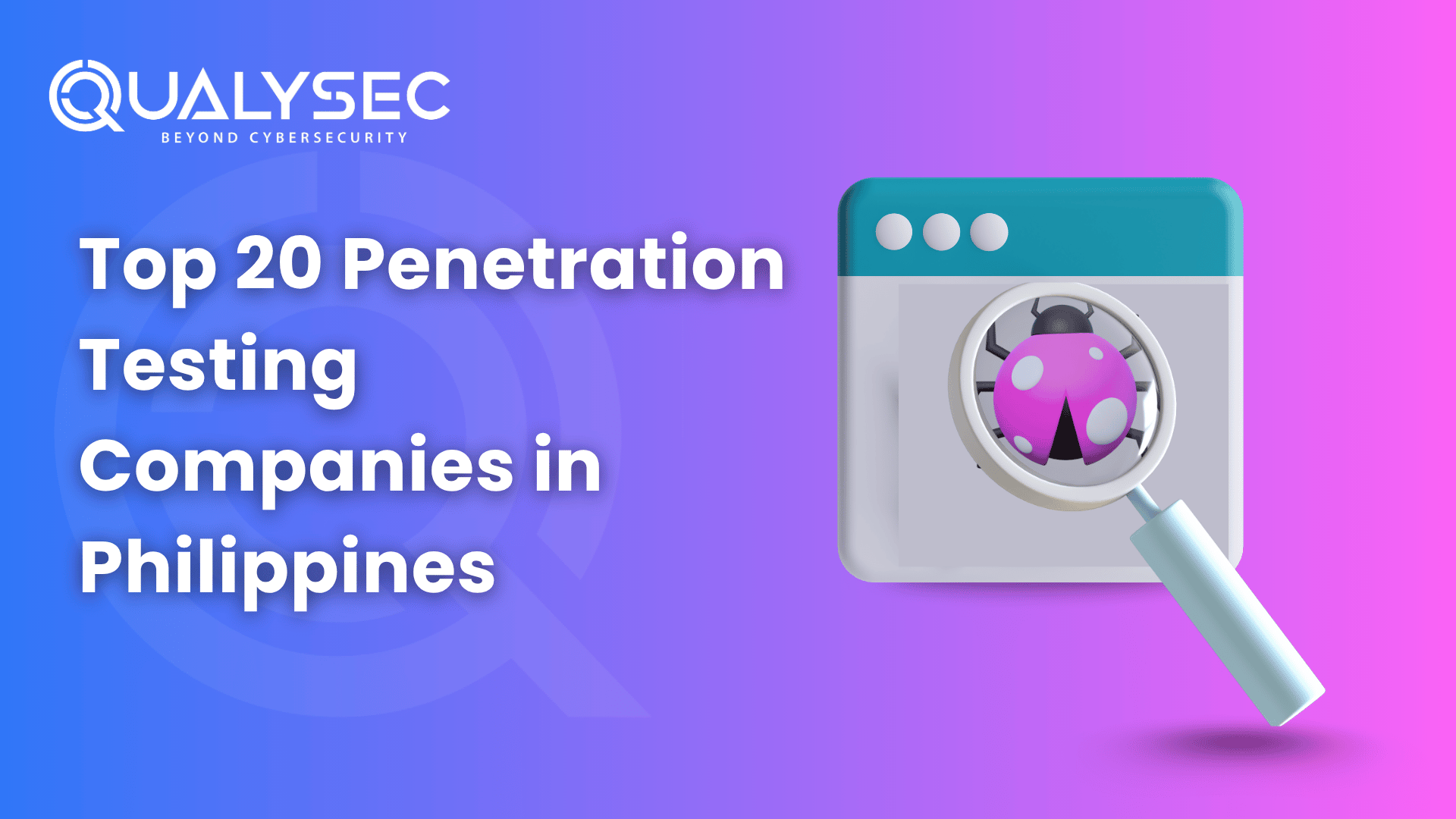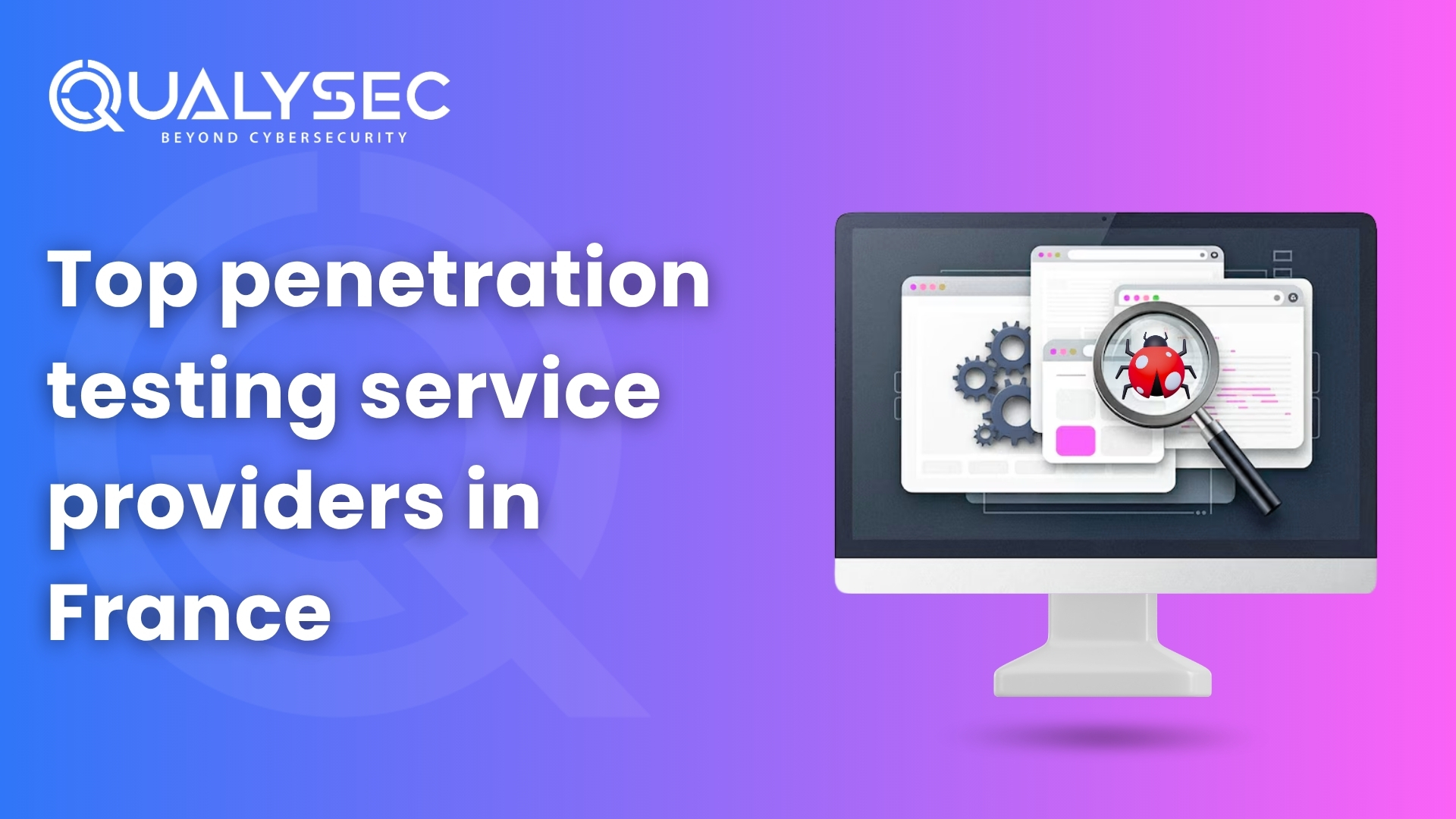Cloud penetration testing is an important procedure for finding potential security flaws in cloud-based apps and infrastructure. The transition to cloud computing has been a rising trend in business IT over the last decade, and all indications are that it will continue for the foreseeable future. In reality, the bulk of internet services today are cloud-native. 92% of firms utilize some type of cloud infrastructure, with more than half utilizing several public clouds; and 21% using three or more. Cloud infrastructure improves operational efficiency and productivity, resulting in higher productivity and cheaper costs than similar on-premises infrastructure.
Given the significance of cloud systems and data, protecting cloud assets from internal and external attacks is critical. According to research, data breaches of cloud assets cost victims about $5 million to recoup on average. Furthermore, it’s no surprise that the worldwide cloud security industry is expected to reach over 29.26 billion USD in 2021, with predictions anticipating USD 106.02 billion by 2029, at an 18.1% CAGR.
In this blog, we’ll cover cloud pentesting, its benefit, and its process. We’ll also uncover the common vulnerabilities found in cloud security and the challenges faced by testers. Keep reading to learn more!
What is Cloud Penetration Testing?
Cloud Penetration Testing simulates real-world cyber-attacks against a company’s cloud infrastructure, cloud-native services and apps, APIs, and corporate components. This includes Infrastructure as Code (IaC), serverless computing platforms, and federated login systems. Furthermore, Cloud pen testing is a unique approach designed to address the threats, vulnerabilities, and dangers associated with cloud infrastructure and cloud-native services.
A Cloud penetration test generates a complete report, attack narrative, and vulnerability severity rating to aid in the interpretation of each conclusion. Furthermore, the tests only disclose actual positive vulnerabilities in your cloud infrastructure, which is a big advantage over traditional vulnerability scanning, which includes false positives.
Cloud security testing’s ultimate purpose is to secure digital infrastructure against an ever-changing threat landscape. This also gives businesses the greatest level of IT security assurance to fulfill their risk criteria.
Why is Cloud Security Testing Important?
Cloud penetration testing enables enterprises to strengthen the security of their cloud environments, minimize unnecessary system breaches, and stay in compliance with their industry’s standards. Furthermore, here are some of the advantages of testing a cloud application:
1. Assists in the Detection of Weaknesses
The identification of any vulnerabilities through penetration testing guarantees that they are quickly fixed. Even the most minor flaws can be detected by thorough scanners. This is critical since it aids in the prompt correction of the vulnerability before hackers exploit it.
2. Assists in Meeting Compliance
Partners and customers are increasingly seeking firms that have a solid security posture through IT security compliance requirements to collaborate with. Furthermore, in certain circumstances, compliance is a requirement for partners, and it can help lower cyber insurance costs.
3. Assists in Defending Data
Cloud pentesting helps repair flaws in your cloud infrastructure, keeping your sensitive data safe and secure. This decreases the chance of a huge data breach, which may damage your company and its consumers, as well as have reputational and legal ramifications.
4. Assists in Improving Dependability
Conducting frequent cloud pen tests can assist in improving the dependability and trustworthiness of cloud providers. Because of the cloud provider’s security-conscious nature, this can bring in additional clients while keeping existing clients satisfied with the degree of protection offered for the data kept by them.
Related Article: Comprehensive guide on Penetration Testing
The Responsibility Models of Cloud-Based Penetration Testing?
The responsibility model is a framework for compliance and security for CSPs and their consumers. It specifies both parties’ obligations for optimally securing all parts of their cloud infrastructure, including architecture, hardware, software, operating systems, endpoints, configurations, settings, access rights, and network restrictions.
| Services | CSP’s Responsibility | Customer’s Responsibility |
| PaaS | Security of Platform including Software and Hardware | Security of applications created on the platform. Endpoints, workloads, user security, and network security are all important considerations. |
| IaaS | Security of Infrastructure Component | Operating systems, programs, and middleware deployed on the developer’s infrastructure are all subject to application security. Endpoints, workloads, user security, network security, and data are all important considerations. |
| SaaS | Security of Application | Endpoints, user security, and network security are all important considerations. Misconfigurations, workloads, and data are all issues. |
Certain parts of cloud security testing are managed and handled by the cloud provider under the terms of the Service Level Agreement (SLA) between the client and the cloud service provider, while the client is responsible for the others. For example, the cloud provider will not be held liable for security flaws relating to user identification.
Similarly, the client is not responsible for the physical security of the cloud providers’ data facilities. This common concept of cloud security is referred to as “security in the cloud,” rather than “security of the cloud.” This common model determines the scope of the cloud pentest.
How to Common Risks in Cloud Security Penetration Testing?
Here are some of the most frequent vulnerabilities among the multiple attack paths that might lead to varied degrees of destructive breaches of your cloud services:
1. Insecure Coding Techniques
Most firms attempt to build their cloud infrastructure as cheaply as feasible. As a result of bad development methods, such software frequently has problems such as SQL, XSS, and CSRF. The top ten are those that are the most prevalent among them. Furthermore, these vulnerabilities are at the heart of the bulk of cloud web service compromises.
2. Cloud Misconfigurations
Misconfigurations in production cloud services are frequently caused by inexperience, a failure to follow IT security best practices, and a lack of static code reviews. The NSA also considers cloud misconfiguration to be a top IT security issue, and it provides low-hanging fruit for amateur attackers to exploit using automated tools.
3. Out-of-Date Software
Outdated software has major security flaws that might jeopardize your cloud penetration testing services. Furthermore, most software manufacturers do not employ a simplified updating system, and consumers individually cancel automatic upgrades. This renders cloud services obsolete, which hackers detect using automated scanners. As a result, many cloud services that use obsolete software are vulnerable.
4. Insecure APIs
API keys are used to identify and authenticate corporations and third-party vendors. Someone might acquire access to our API keys if we do not safeguard them. Furthermore, to avoid this, do not include API keys in the code and store them in a secure location where unauthorized persons cannot access them. Furthermore, there should be an authentication/authorization method for all of our API services to avoid broken access control.
5. Inadequate Credentials
Password security has always been a major issue for most businesses since it involves the possibility of human mistakes. By acquiring access to an employee’s confidential credentials, an attacker can hack the cloud service and access critical data. Furthermore, attackers employ social engineering and phishing assaults to compromise private accounts and acquire access to your cloud infrastructure to obtain such access.
Don’t you want to discard these vulnerabilities from your cloud applications? Secure your apps with professional cloud application security testing. Reach us today!
Talk to our Cybersecurity Expert to discuss your specific needs and how we can help your business.
What are the Challenges in Cloud Pentesting?
Here are some of the major challenges testers face while pentesting a cloud application:
1. Sharing of Resources
One of the most difficult aspects of cloud security testing is resource sharing. When working in a cloud environment, your resources are frequently shared by several users, making it difficult to isolate and test certain resources. This might lead to an increase in false positives and false negatives, lowering testing accuracy.
2. Lacking Transparency
Third-party data centers are used by several cloud services. Users may be ignorant of where their data is kept or what hardware or software configuration is in use, exposing their data to security concerns while using a cloud service. Because of the lack of transparency, resources like AWS, Axure, and GCP cannot be examined by the security auditor of your choosing.
3. Policy Constraints
Each cloud service provider has its own rules for cloud penetration testing. Furthermore, this describes the endpoints and test kinds that may be performed. Let us now take a quick look at the cloud pentesting policies of the three most popular cloud service providers:
- AWS: Denial of Service (DOS) and Distributed Denial of Service (DDOS) Attacks, DNS zone walking, Port, Protocol, or Request Flooding.
- Azure: DOS and DDoS assaults, intense network fuzzing attacks, Phishing, or other social engineering attacks.
- GCP: Piracy or any other unlawful activity, Phishing, trojan and ransomware distribution, Interfering.
What is Cloud Security Testing Methodology?
Methodologies are referred to the application of penetration testing approaches to cloud computing systems. Furthermore, security testing, in its most formal sense, is the process of detecting, analyzing, and fixing vulnerabilities in cloud infrastructure, applications, and systems.
Cloud pentesting professionals employ a variety of tools and techniques to explore and repair holes in a cloud environment. Furthermore, Cloud security testing methodology is often classified in one of three ways.
- Penetration testers in white box testing have administrator or root-level access to the whole cloud environment. This strategy provides pen-testers with complete information on the systems they are seeking to break before the start of the tests and is the most extensive pentesting method.
- Penetration testers in gray box testing have limited knowledge of or access to the cloud environment. Furthermore, this might contain information regarding user accounts, the structure of the IT system, or anything else.
- In black box testing, before the tests begin, penetration testers have no knowledge about or access to the cloud environment. This is the most “realistic” cloud penetration testing approach since it best represents an external attacker’s attitude.
How Does Cloud Penetration Testing Work?
The testing process includes different phases of cloud penetration testing. Here are the following phases:
1. Information Gathering:
The aim is to gain access to as much information as possible. Furthermore, the testers collaborate with the client team to gather critical information. They probe deeply into the cloud application’s technical and functional complexities. A thorough cloud application security testing strategy is created, which includes: scope, methodology, and testing criteria. This checklist will ensure a solid basis by covering critical topics such as authentication techniques, data processing, and input validation.
2. Auto Tool Scan:
An automated and invasive scan using cloud VAPT tools is done to seek vulnerabilities on the application’s surface level. Furthermore, by performing this scan, the testers proactively discover and fix surface-level vulnerabilities in the staging environment, acting as a preventive measure. This technique offers thorough evaluation as well as prompt correction, improving the application’s security posture.
3. Deep Manual Testing:
In this phase, the cloud penetration testing services provider does a detailed study of the cloud. The goal is to identify vulnerabilities both inside and outside of the cloud platform. The test includes:
- Data Encryption Testing
- Data Protection Testing
- Input Validation
- Cloud Infrastructure Testing
- Sensitive Information Finding
- VLANs
- SQL Injection
- Access Points
- Access Control Testing
Want to learn more about the testing process? Reach out to and discover a call with expert security consultants. Click Here!
4. Reporting:
The testing team methodically analyzes and categorizes vulnerabilities found in a detailed report. Furthermore, a senior consultant does a high-level penetration test and evaluates the complete report. This report is also helpful to developers in fixing the vulnerabilities found with details including:
- Vulnerability Name
- Likelihood, Impact, and Severity
- Description
- Consequence
- Instances (URL/Place)
- Steps to Reproduce and Proof of Concept (POC)
- CWE No.
- Reference
If you want to get a detailed and comprehensive tour of the report, we have linked our penetration test report here. Click below to download.
Latest Penetration Testing Report

5. Remediation:
A testing company provides a consultation call to ensure the dev team doesn’t face any issues in the fixing process. Expert pen-testers encourage direct participation to assist the developers in responding to security concerns. Furthermore, this approach guarantees that the dev team gets competent guidance, enabling the smooth and rapid resolution of vulnerabilities.
6. Retesting:
In this phase, following the risk mitigation by the dev team, the critical stage of retesting is done. This checks the efficacy of the fixation administered, the testing team undertakes a detailed examination. The final report includes:
- History of findings
- Condition of assessment
- Screenshots
7. LOA and Certification:
The testing company also provides a Letter of Attestation, which is supported by evidence from penetration testing and security assessments, including:
- Confirmation of security level
- Providing stakeholders with security
- Compliance
In addition, the testing organization will give you a Security Certificate, which will improve your capacity to represent a safe environment, boost confidence, and satisfy the demands of many stakeholders in today’s evolving cybersecurity scene.
Did you know? You can utilize this cloud security testing certificate publicly to ensure your customers or stakeholders that your API is secured!
What are the Best Practices for Cloud Penetration Testing?
Cloud penetration testing necessitates meticulous preparation, execution, and consideration of cloud-specific aspects. Here are the best practices testing team follows:
1. Authorization & Consent
Before undertaking any cloud-based penetration testing operations, obtain the necessary authority and written agreement from the cloud service provider and the company that controls the cloud resources. Failure to do so may result in legal ramifications and service interruptions.
2. Outline Specific Goals
Clearly outline the scope and goals of the cloud penetration test. Understand which cloud services, apps, and data are in scope, as well as the testing process’s unique goals.
3. Compliance with Regulations
Ensure that all necessary laws, regulations, and industry standards are followed during penetration testing. Certain cloud environments may have special compliance requirements that must be met.
4. Communication with Service Provider
Inform the cloud penetration testing services provider about the anticipated penetration testing operations. Furthermore, they may include rules or suggestions to ensure that the impact on shared infrastructure is as small as possible.
5. Documentation
Document all parts of the penetration testing process, including testing methodology, findings, and remedial suggestions. Also, a well-structured report aids in addressing vulnerabilities efficiently.
6. Understand Cloud Service Models
Become acquainted with the various cloud service models (IaaS, PaaS, and SaaS) and their shared responsibility models. Furthermore, determine which security components are the cloud service provider’s responsibility and which are the cloud customer’s obligation.
Related Article: The purpose of Penetration testing
What are the Common Cloud Penetration Testing Tools?
There are several cloud penetration testing tools available to IT security experts. The following are some of the most popular cloud penetration testing tools:
- Nmap: Nmap is a free and open-source network scanning tool that penetration testers frequently utilize. Furthermore, cloud pen testers can use Nmap to construct a map of the cloud environment and search for open ports and other vulnerabilities.
- Metasploit: It bills itself as “the world’s most used penetration testing framework.” Furthermore, the Metasploit Framework assists pen testers in developing, testing, and launching exploits against remote target devices.
- Burp Suite: Burp Suite is a collection of web application security testing software, including cloud-based apps. It can also do tasks including penetration testing, scanning, and vulnerability analysis.
Leading pen testing companies have built their in-house tools that provide top-notch services for finding vulnerabilities. They also conduct deep manual penetration testing so that there’s no sign of false results. If you ask, these companies prefer manual testing over automation as manual tests offer deep insights and zero false positives of vulnerabilities.
QualySec Technologies: Providing Top-Notch Cloud Penetration Testing Services
Organizations are migrating application workloads to the cloud to become more flexible, cut time to market, and save expenses. QualySec Technologies can help you boost creativity, dependability, and efficiency without sacrificing the security of cloud applications.
Furthermore, through process-based penetration testing, QualySec provides tailored security solutions. A one-of-a-kind process that assures applications adhere to the industry’s best standards, using a Hybrid cloud security testing methodology and a professional workforce with extensive testing expertise.
Our pentesting services include a comprehensive blend of automated vulnerability scanning and manual testing using in-house and commercial technologies such as Burp Suite and Netsparker. We aggressively assist businesses as they navigate complex regulatory compliance settings including GDPR, SOC2, ISO 27001, and HIPAA.
With our detailed and developer-friendly pentesting report, we assist developers in resolving vulnerabilities. This report contains all of the insights, beginning with the location of the vulnerabilities discovered and ending with a reference on how to solve them, i.e., you receive a step-by-step detailed report on how to fix a vulnerability.
We’ve successfully safeguarded 250+ apps and served 20+ countries through a network of 100+ partners, proudly maintaining a zero-data-breach record. Contact QualySec now for unsurpassed digital security for your application and company.
Our primary priority is to keep you safe. Contact Us Right Now!
Conclusion
In today’s technology-driven society, cloud penetration testing is a vital component of safeguarding cloud infrastructure. Furthermore, organizations can secure their assets and data from harmful assaults by thoroughly examining the cloud environment for potential vulnerabilities.
Collaboration with authorized specialists, setting defined goals, and testing the cloud infrastructure regularly will ensure ongoing progress and strengthen the overall security of cloud-based systems. Including cloud penetration testing as part of a cybersecurity strategy allows firms to confidently adopt cloud computing and reap its benefits while successfully minimizing security threats.
Read more: Top Cloud Penetration Testing Service Providers
FAQs
What is a cloud penetration test?
Cloud penetration testing is intended to examine a cloud system’s strengths and vulnerabilities to enhance its overall security posture. Cloud penetration testing helps identify risks, flaws, and gaps. The consequences of vulnerable vulnerabilities. Determine how to make use of any access gained through exploitation.
What is the difference between cloud security and Pentest?
While both pentesting and cloud penetration testing strive to detect security flaws, the distinction is that cloud pentesting focuses specifically on cloud-based systems and services, taking into consideration cloud-specific security problems and the shared responsibility paradigm.
Is cloud security part of cybersecurity?
Yes. Cloud security is a branch of cyber security that focuses on safeguarding cloud computing platforms. This also involves maintaining data privacy and security across internet infrastructure, apps, and platforms.
Is cloud security different from cyber security?
Cybersecurity and cloud security are two solutions that operate in tandem to provide comprehensive security. Cybersecurity safeguards networks, systems, and programs, whereas Cloud Security safeguards data in a cloud-based platform.



















































































































































































































































































































































0 Comments